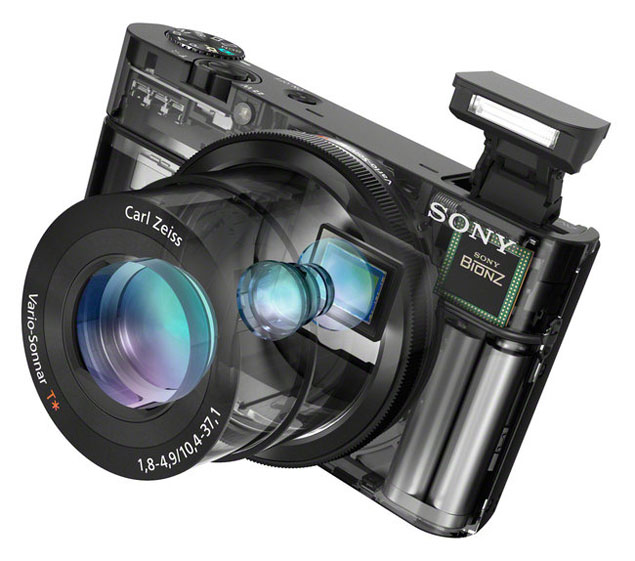
But first, a history lesson.
For years camera makers worried about competition from only one source: other camera makers. But in the end, the most dangerous predator came from an unexpected direction: cellphones.
Today, more photos are taken with phones than with point-and-shoot cameras. On photo sites like Flickr, the iPhone is the source of more photos than any real camera. No wonder sales of inexpensive pocket cameras are going down each year.
Cameras in phones are a delightful development for the masses. If you have your camera with you, you're more likely to take photos and more likely to capture amazing images.
But in a sense they are also great for camera makers, which are being forced to double down in areas where smartphones are useless: Zoom lenses. High resolution. Better photo quality. Flexibility and advanced features. That's why, even if sales of pocket cameras are down, sales of high-end cameras are up.
Now you know why the time is ripe for the new Sony Cyber-shot DSC-RX100. It's a tiny, pants-pocketable camera that will be available in late July for the nosebleed price of $650.
Or, rather, won't be available. It will be sold out everywhere. I'll skip to the punch line: No photos this good have ever come from a camera this small.
The first reason is easy to grasp. The Sony RX100 has a huge one-inch sensor - the biggest ever stuffed into a pocketable zoom camera. That's not as big as the sensors in S.L.R.'s and other lens-swappable cameras. But it's about four times the area of the previous pocket-camera photo-quality champs, like the Olympus XZ-1 and the S100. (The RX100's shiny black metal body looks exactly like them.)
A big sensor means big pixels, which gives you less grain in low light, better color depth and great dynamic range - the spectrum from darkest to lightest pixels.
A big sensor is also a prerequisite for that professional blurry background look. The RX100 easily achieves those soft backgrounds, a rarity in compact cameras.
The other star factor in the Sony is its Carl Zeiss lens, whose maximum aperture (lens opening) is f/1.8. That's the widest aperture you can buy on a pocket camera. That, too, helps explain its ability to blur the background, and its spectacular results in low light.






0 comments
Post a Comment